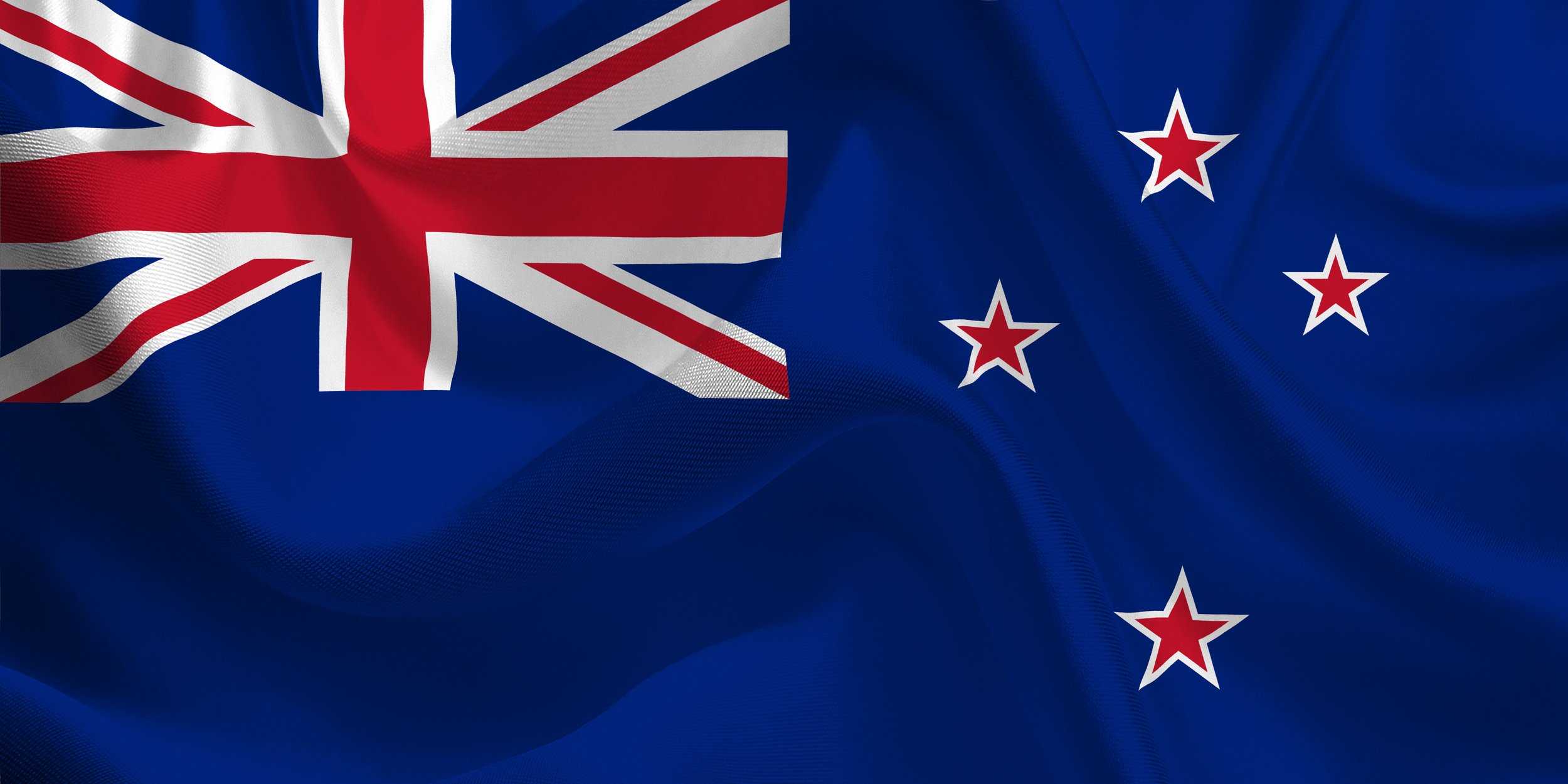
Sir Brian Barratt-Boyes, or “BB,” made his name initially when he trained at the Mayo Clinic with John Kirklin and demonstrated his superb natural technical skills. After turning down a permanent position at Mayo and returning to New Zealand, he challenged long-standing surgical dogma and spoke loudly and confidently at international meetings promoting his new and different ideas. In the adult world, he popularized the use of homograft valves taken from cadavers for both aortic valve replacement as well as for conduits in children, improving the surgical techniques for implantation as well as the preparation and storage of valves. And in the congenital world, he made his greatest contribution through the promotion of deep hypothermic circulatory arrest that allowed early primary repair of even the most complex congenital conditions. In 1972 he held an international conference at Green Lane Hospital in Auckland, where he presented remarkable surgical results for the repair of complex problems like truncus arteriosus using a combination of his pioneering methods in both circulatory arrest and homografts as conduits. The world took notice, and soon trainees were flooding to work with BB in the distant antipodes. Young, ambitious, and driven surgeons arrived from the UK, US, Australia, and Asia, particularly India and Southeast Asia. But unlike me, these young surgeons had, in the main, completed most, if not all, of their training before they came to Green Lane. I, in contrast, had not even started training in adult heart surgery, and that turned out to be both a problem as well as an opportunity for me.
I don’t recall anything other than the most cursory meeting with BB after my arrival at Green Lane Hospital in June 1980. There was no in-depth discussion of career goals, personal or family situations that I always made a point of having when a new international fellow arrived in Washington in my more senior years. BB was only at the hospital 2 days a week for surgery, Tuesday and Thursday. Friday afternoons, he conducted a surgical conference at Green Lane. The rest of the time, he operated on private international patients, mainly from India, Southeast Asia, and Indonesia, at the private Mater hospital, or he was at his private office. None of the other surgeons had private practices. Only two people called BB “Brian”, his two senior anesthetists, Marie Simpson, and Eve Seelye. To everyone else, including the three other consultant surgeons at Green Lane, he was “Sir Brian”, generally prefaced by a nervous cough and “errrr….”. He was not just intimidating, he was terrifying. Stories were passed down from senior to junior registrars of nerve-wracking, excruciating experiences assisting him with complex cases. Clive Robinson, the one Kiwi registrar in the pool of registrars, described in graphic detail how he felt during the first case when he finally achieved a sufficient level of seniority to first-assist BB. He described sweaty, room spinning, waves of nausea induced by the terror he felt throughout the case. Frankly, in retrospect, I think this was a form of hazing of a junior and inexperienced registrar like me by the more senior registrars because when I did finally ascend to that giddy height, I found BB to be perfectly reasonable. But I would never dream of making a suggestion to him or offering ideas as I would have with Roger Mee or D’Arcy Sutherland in Melbourne. BB was going to stick with his surgical plan, no matter how badly things were going. But apart from coronary cases that never went well for BB and that clearly made him uncomfortable, every other sort of case moved along quickly and efficiently. I learned a lot of great surgical techniques from BB and feel immensely grateful to have had the opportunity to train with him.


